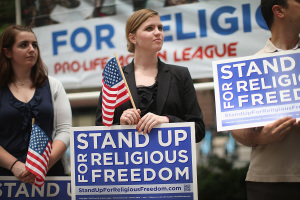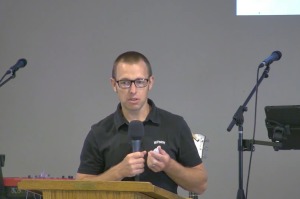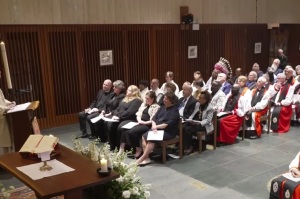Study: House Church Participation Rises in America
Millions of American adults are trying out new forms of spiritual community and worship with many alternating between house churches and conventional churches, a new survey revealed.
House church participation has increased rapidly in the past decade, according to a new Barna study. The recent survey revealed millions of American adults trying out new forms of spiritual community and worship with many alternating between house churches and conventional churches.
The Barna Group surveyed 5,000 adults from across the nation and found that nine percent of adults attend a house church during a typical week, which is a significant growth from one percent 10 years ago.
"The house church now appears to have reached 'critical mass' in the United States," said research director George Barna in a released statement. "Analysts typically find that once a new tool or institution reaches 15 percent market penetration and has evidenced a consistent or growing level of affirmation for at least six years, that entity shifts from fad to trend status. At that point, it becomes a permanent fixture in our society."
Overall, one out of five adults attends a house church at least once a month. That adds up to more than 70 million adults who have at least experimented with house church participation. On a weekly basis, roughly 20 million adults attend a house church gathering and in a typical month, 43 million adults attend.
The study indicated that the house church may be in its "ramp up" phase as many religious professionals are unaware of such activity.
"Today, house churches are moving from the appraisal phase into the acceptance phase," said Barna. "We anticipate house church attendance during any given week to double in the coming decade, and a growing proportion of house church attenders to adopt the house church as their primary faith community. That continued growth and public awareness will firmly establish the house church as a significant means of faith experience and expression among Americans."
With many engaged intermittently between both house and conventional churches, the survey revealed that 27 percent of those who attend a house church go on a weekly basis, 30 percent attend one to three times per month, and 43 percent attend less than once a month.
Other findings showed that 74 percent of those who attend a church attend only a conventional church while just five percent attend only a house church. And 19 percent attend both a house church and a conventional church. People most likely to attend only a house church were men, home-school families, residents of the West and non-whites.
"By necessity, the transition from a nation exclusively offering a conventional church experience to one that offers a choice between conventional church and other forms of spiritual experience is changing the rules and roles," Barna commented. "New leaders are emerging to represent and guide house churches – people whose names are unfamiliar to the bulk of the country, but whose ministries will become more mainstream and well-known as time goes on.
"A new body of spiritual resources is being developed and utilized by the expanding house church community. House church adherents make greater use of Christian radio, Christian books and online faith experiences than do people engaged solely in a conventional church. In addition, new patterns of faith participation are being implemented. The traditional ways of thinking about and experiencing ‘church’ are rapidly being revolutionized by a form of ‘religious choice’ in which people are taking greater personal responsibility for their spiritual experience and development."




























